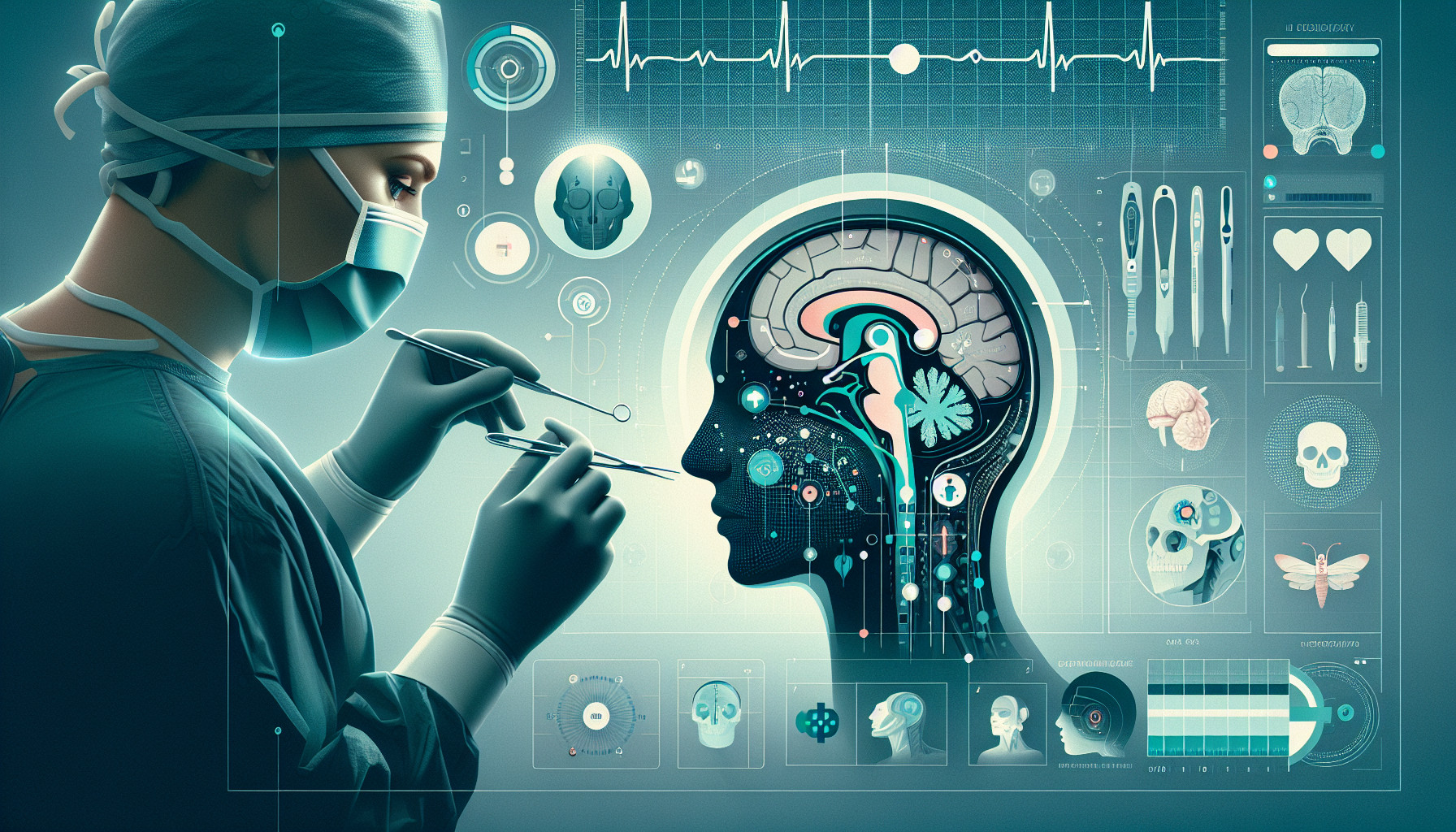Our Summary
This paper discusses recent improvements in oral and facial surgery. It focuses on procedures that are less invasive, using things like endoscopes or robots to assist, which make recovery quicker and easier for patients. It also talks about using digital technology and 3D printing to plan surgeries more precisely beforehand.
In terms of dental implants, the paper discusses new designs and techniques that make the implants better and easier to place. It also looks at new ways to regenerate or restore tissue using things like growth factors and stem cells, which can be especially helpful for problems with the jaw joint.
The paper also talks about new methods in salivary gland surgery that use superficial skin substitutes to reduce complications. Overall, the paper concludes that these improvements are changing the way oral and facial surgery is done, making it more precise, less invasive, and more focused on using biological therapies.
FAQs
- What are some of the recent improvements in oral and facial surgery discussed in this paper?
- How does the use of digital technology and 3D printing enhance the planning and precision of surgeries?
- What are the new methods and techniques in dental implants and salivary gland surgery?
Doctor’s Tip
A helpful tip a doctor might tell a patient about maxillofacial surgery is to follow all post-operative care instructions closely to ensure a smooth recovery. This may include things like taking prescribed medications, avoiding certain foods or activities, and attending follow-up appointments with your surgeon. It’s also important to communicate any concerns or changes in symptoms to your healthcare provider promptly. By following these guidelines, you can help ensure the best possible outcome from your surgery.
Suitable For
Patients who are typically recommended for maxillofacial surgery include those with:
Facial trauma: Patients who have suffered injuries to the face, such as fractures of the jaw or cheekbones, may require maxillofacial surgery to repair and reconstruct the affected areas.
Jaw deformities: Patients with congenital or acquired jaw deformities, such as an overbite or underbite, may benefit from maxillofacial surgery to correct the alignment of the jaw and improve facial aesthetics and function.
Temporomandibular joint (TMJ) disorders: Patients with TMJ disorders, which can cause pain, clicking, or limited movement of the jaw joint, may require maxillofacial surgery to address the underlying issues and improve jaw function.
Facial asymmetry: Patients with facial asymmetry, such as a crooked nose or uneven jawline, may benefit from maxillofacial surgery to correct the imbalance and improve facial harmony.
Oral pathology: Patients with benign or malignant tumors of the mouth, jaw, or face may require maxillofacial surgery to remove the abnormal tissue and prevent further spread of the disease.
Sleep apnea: Patients with obstructive sleep apnea, a condition characterized by pauses in breathing during sleep, may benefit from maxillofacial surgery to remove excess tissue in the throat and improve airflow.
Overall, maxillofacial surgery is recommended for patients with a wide range of oral and facial conditions that require surgical intervention to improve function, aesthetics, or quality of life.
Timeline
Before maxillofacial surgery:
- Patient consults with a maxillofacial surgeon to discuss their concerns and goals for surgery.
- Patient undergoes a thorough evaluation, including imaging tests like CT scans or X-rays, to assess the extent of the issue.
- A treatment plan is developed, outlining the specific procedures that will be performed and the expected outcomes.
- Patient may need to undergo pre-operative preparations, such as adjusting medications or following special dietary restrictions.
After maxillofacial surgery:
- Patient is closely monitored in the immediate post-operative period for any complications or signs of infection.
- Pain management and follow-up care instructions are provided to the patient to ensure a smooth recovery process.
- Patient may need to follow a specific diet or avoid certain activities to aid in healing.
- Follow-up appointments are scheduled to monitor the progress of healing and address any concerns that may arise.
- Over time, the patient will experience improvements in their oral and facial function and appearance, leading to a better quality of life.
What to Ask Your Doctor
- What specific procedure are you recommending for my maxillofacial issue?
- How will this procedure benefit me compared to traditional methods?
- What are the potential risks and complications associated with this procedure?
- What is the expected recovery time and what can I expect during the recovery process?
- Will I need any follow-up appointments or additional treatments after the surgery?
- Are there any alternative treatment options available for my condition?
- How experienced are you in performing this specific procedure?
- Will I need to make any lifestyle changes or modifications after the surgery?
- How will my pain be managed during and after the surgery?
- Are there any specific instructions or precautions I should follow before and after the surgery to ensure a successful outcome?
Reference
Authors: Salzano G, Maffia F, Dell’Aversana Orabona G. Journal: J Basic Clin Physiol Pharmacol. 2025 May 22;36(2-3):237-240. doi: 10.1515/jbcpp-2025-0042. eCollection 2025 Mar 1. PMID: 40418801
